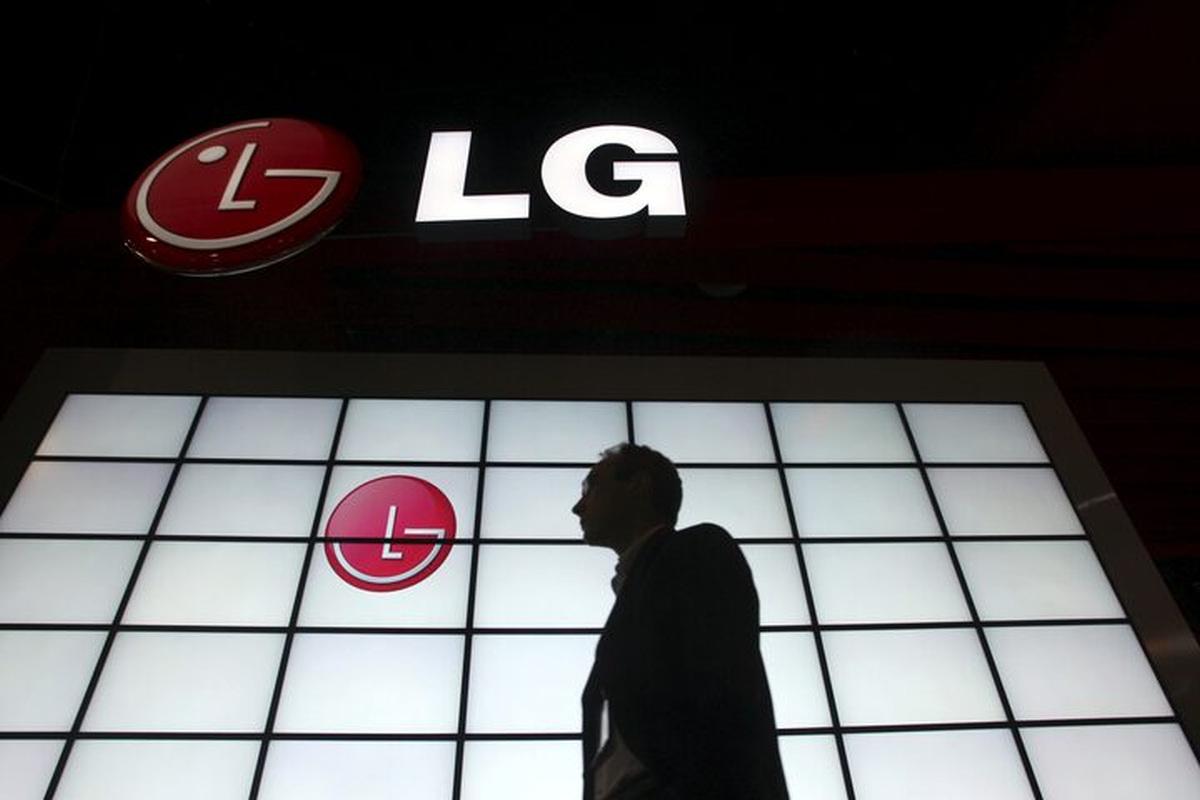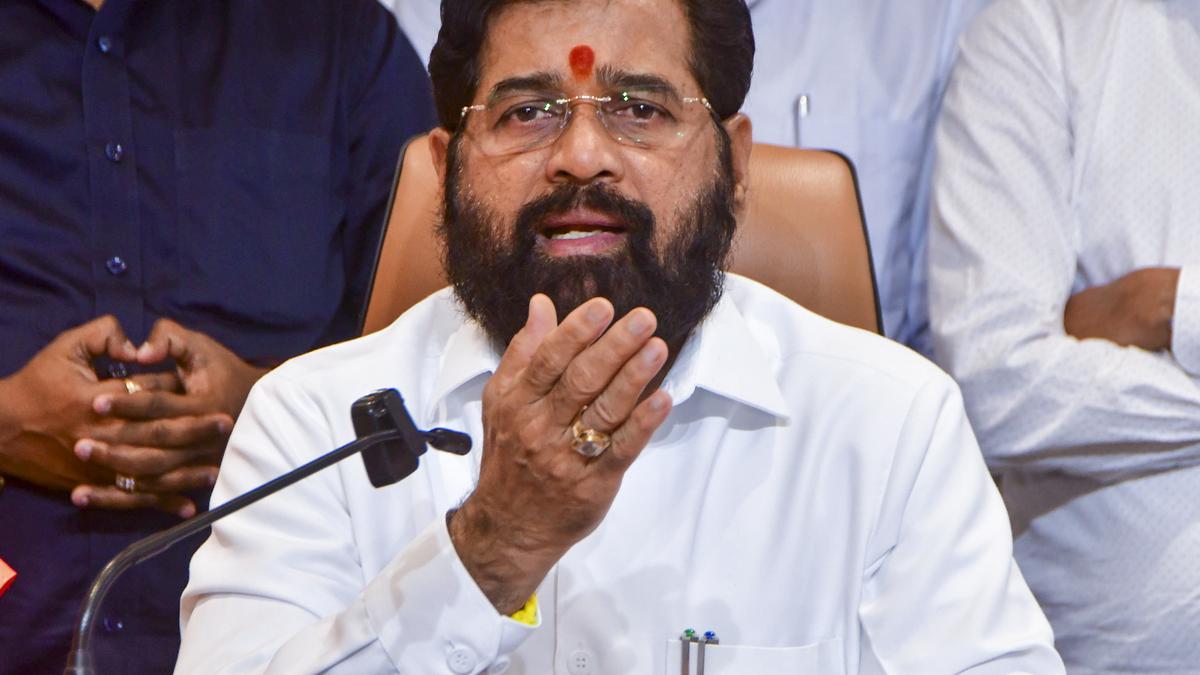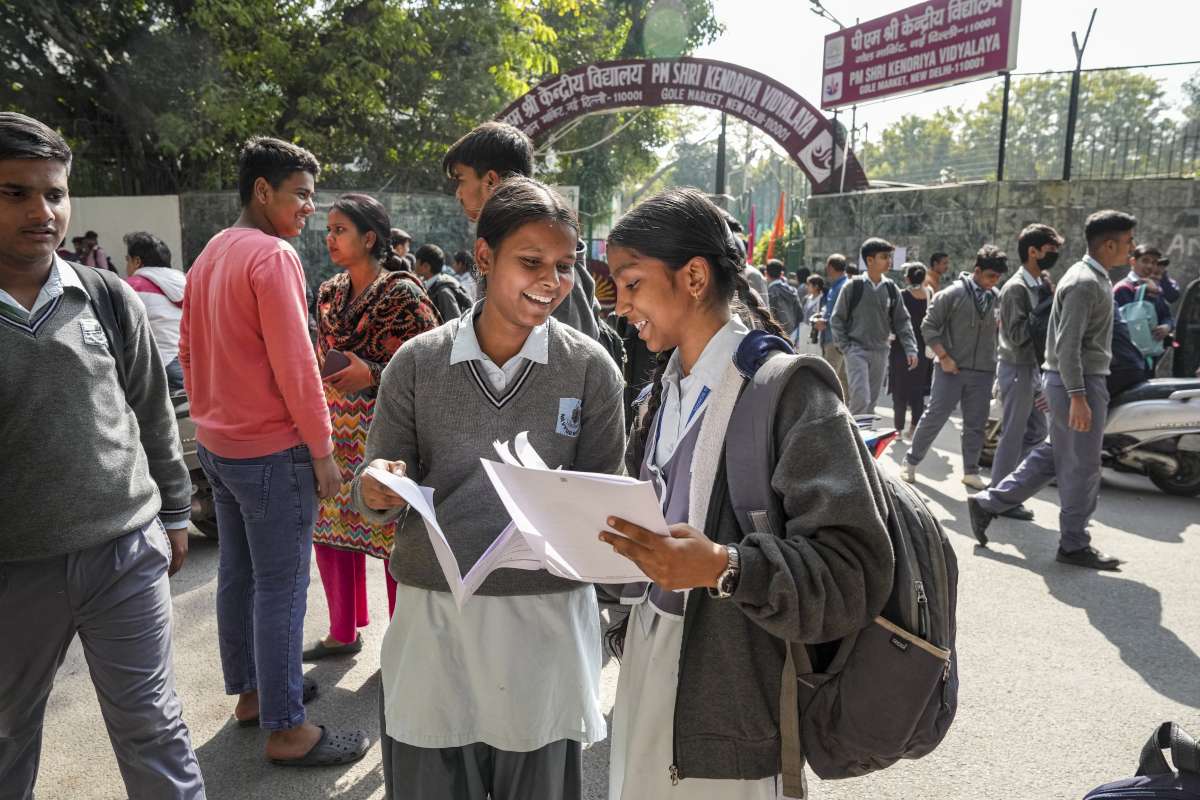The rupee continued to face pressure in the first half of the current financial year (FY26), hitting fresh lows against the dollar, due to strengthening of the greenback, rising crude oil prices, and foreign outflows.

Illustration: Dominic Xavier/Rediff
Rupee has depreciated by 3.7 per cent so far in the current financial year after starting at a good note in April.
The local currency witnessed a volatile trading range during the first quarter (Q1FY26) but ultimately ended the period largely flat, 0.3 per cent weaker against the dollar.
However, during the second quarter, the rupee came under heightened depreciation pressure, due to both external and domestic headwinds.
The onset and escalation of US reciprocal tariffs on Indian goods, raising effective duties up to 50 per cent in some sectors, weakened investor sentiment toward Indian markets.
On Tuesday, it settled at 88.79 per dollar, touching a fresh closing low against the dollar for the second consecutive session.
“The US tariff was the main reason for the pressure on rupee in the first half,” said the treasury head at a private bank.
“The intervention activity by the RBI was also less in the second quarter.
“They occasionally sold dollars to control sharp fluctuations but mostly let the rupee move according to market forces,” he added.
On the other hand, while the yield on the benchmark 10-year government bond remained steady in the first half of the financial year, it rose by around 23 bps in the second quarter, reversing the gains from the first quarter.
The yield on the benchmark 10-year government bond softened by 3 basis points in the first half of the year.
The yield rose in the second quarter due to supply pressure and absence of Open Market Operations by the central bank, said market participants.
Government bond yields across maturities were under downward pressure initially, buoyed by policy rate cut, liquidity injections by the RBI, and strong demand from domestic investors.
In the first quarter, the central bank conducted OMO purchases worth Rs 2.4 trillion which helped banks book treasury gains.
The benchmark 10-year government bond yield fell by about 20 basis points during the first quarter, moving from around 6.58 per cent to 6.38 per cent, with the sharpest drop in yields occurring ahead of the Reserve Bank of India’s policy actions in June.
At one point, the yield had even touched 6.24 per cent, indicating substantial mark-to-market gains for bond portfolios, said market participants.
“The rate cuts and liquidity infusion were positive for the bond market in the first quarter.
“However, in the second quarter the hawkish August policy followed with absence of liquidity infusion via OMO led to books in the negative,” said a market participant.
After cutting the policy repo rate by 100 bps between February and June, the rate setting panel of RBI changed the stance to neutral in June.
In the August review of monetary policy, rates were kept unchanged.
































